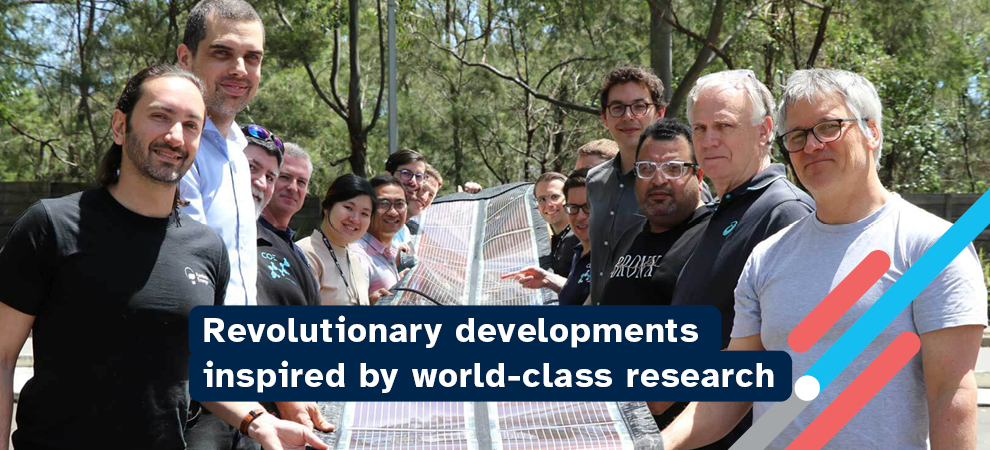Australian universities and industry partners are working together to produce research that accelerates Australia’s innovation agenda and supports the development of products and services that have real-world impact.
The Australian Government has invested $370.3 million over four years (2022-2023 to 2025-2026) through the Trailblazer Universities Program. Six Australian universities have received $50 million in funding which has been matched by university and industry partner contributions. The total funding includes $45 million for participating universities to partner with Commonwealth Scientific and Industrial Research Organisation (CSIRO), which will provide them with access to specialist equipment and expertise to support the delivery of their projects.
The program has various priority areas that support Australia's development in research and commercialisation outcomes including defence, space, food and beverage, recycling and clean energy, resources technology and critical minerals technology.
Read about some of the exciting projects being led by the Trailblazer universities.
University-made printed solar powers Coldplay concerts
Printed Solar, a 100 per cent recyclable solar material, developed by researchers at the University of Newcastle is helping to power Coldplay’s Music of the Spheres world tour.
Thanks to a collaboration between the iconic band, Kardinia Energy and the university’s Centre for Organic Electronics, Coldplay is one step closer to achieving their ambitious sustainability goals to reduce their tour’s carbon emissions by 50 per cent.
At the concert, printed solar is being placed behind seats covering 500 square metres (about twice the size of a tennis court), and in other areas around the venue to collect power in battery packs. Those batteries are used to power Coldplay’s C Stage and provide ancillary power needs through the venue.
Dr Ben Vaughan, Hub Manager for the Newcastle Australian National Fabrication Facility, said printed solar has the potential to assist a variety of applications.
“Right now, we are helping to support one of the world’s largest rock bands to run their shows. It’s pretty exciting and an unusual development for us, but there are lots and lots of applications where this can have a genuine impact on the energy generation for the world,” Dr Vaughan said.
With support from the department-funded Trailblazer for Recycling and Clean Energy (TRaCE), Kardinia Energy will fast-track the technology to market for use on more concert stages, electric vehicles, or industrial applications.
Transforming manganese resources into battery grade chemicals and energy minerals
Developing a more economical and sustainable method to produce manganese is essential, with the critical mineral forming a key component of most lithium ion and conventional alkaline batteries needed in devices like smartphones and laptops, electric vehicles, and energy storage systems.
The current production process generates significant waste-related problems such as unused manganese and other valuable minerals, leading to the depletion of natural resources.
The team from the Resources Technology and Critical Minerals Trailblazer, together with partners CPC Engineering and Sukura Ferroalloys, are working to streamline the manganese production process to reduce energy consumption and minimise the carbon footprint.
Lead researcher, Dr Nirmala Ilankoon, who was the 2019 Trailblazer Emerging Innovator, has been pursuing research related to manganese processing.
“I’m thrilled to be part of this initiative, and I must emphasise that without the Trailblazer funding, this project would not have been possible,” Dr Ilankoon said.
“The Trailblazer team has been incredibly supportive and collaborative throughout the process. Not only does the Trailblazer provide funding for the project, but they also actively support early career researchers like me by enabling opportunities to attend conferences and expand our professional networks.”
To read find out more about the program, visit Trailblazer Universities Program.

